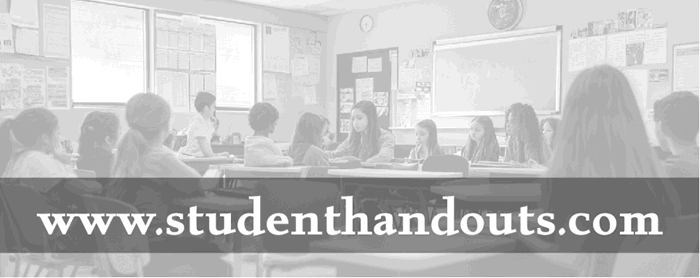| Maps and pictures are powerful tools for helping World History students understand the Cold War. Maps visually represent key aspects like the division of Europe into Eastern and Western blocs, the spread of communism, and critical locations of conflicts such as the Korean and Vietnam Wars. Pictures, such as those of the Berlin Wall or nuclear missile sites, bring historical events to life, making abstract concepts more tangible. By seeing the geopolitical tensions and the human experience through visual aids, students gain a clearer, more engaging perspective on Cold War events and their global impact. |










